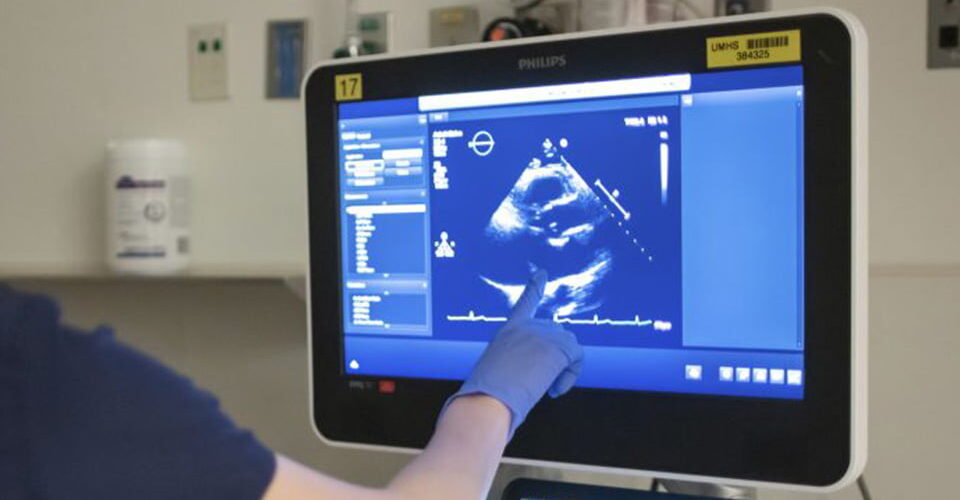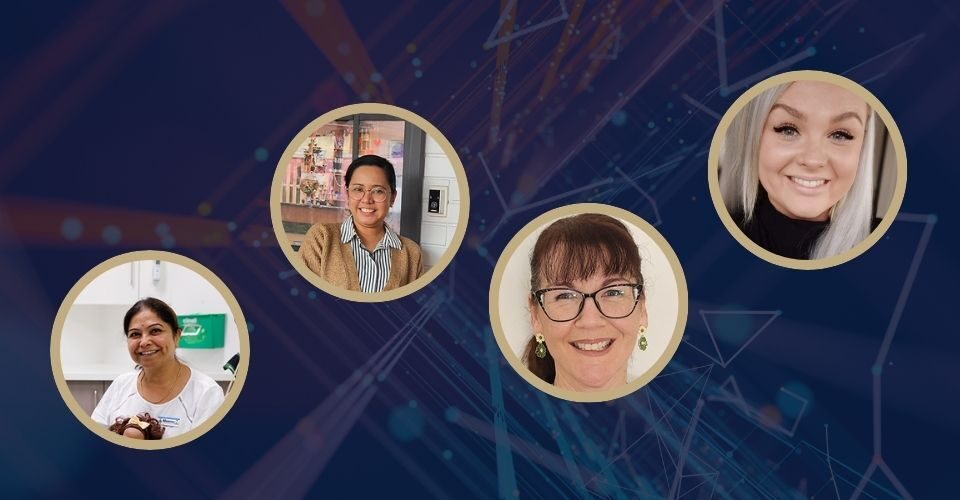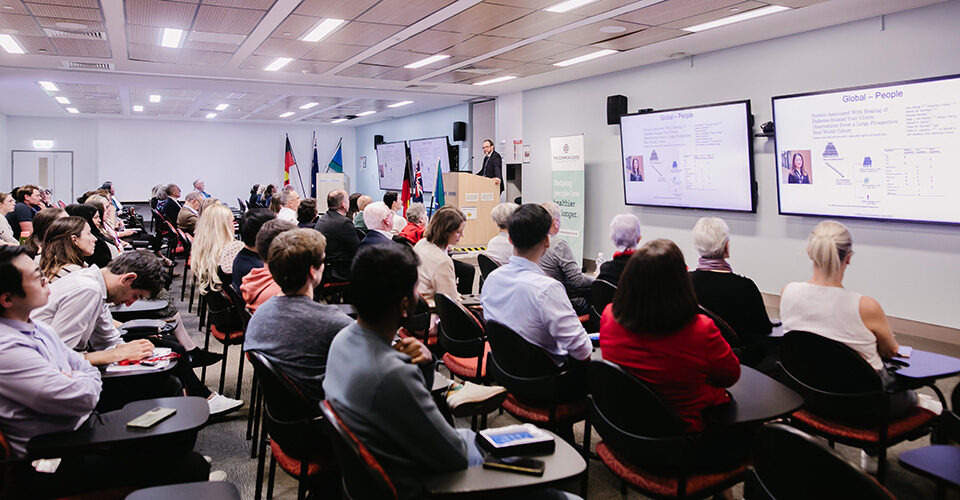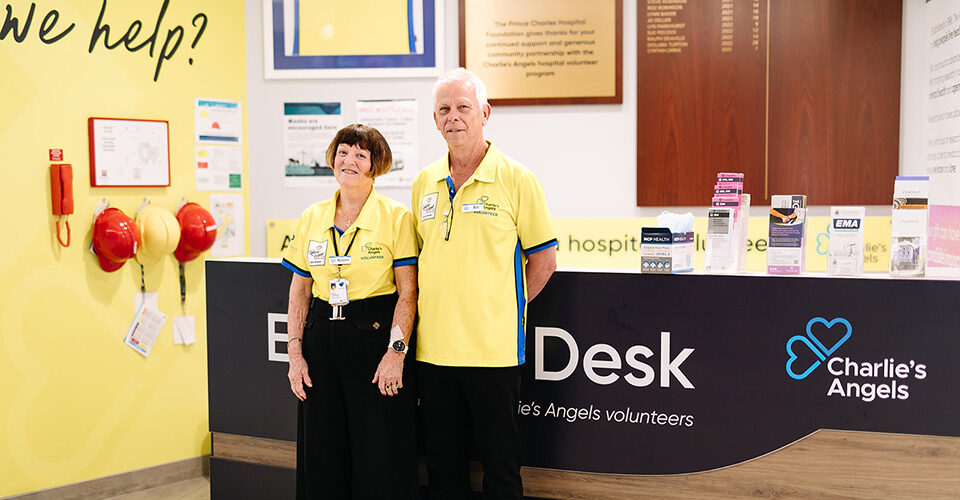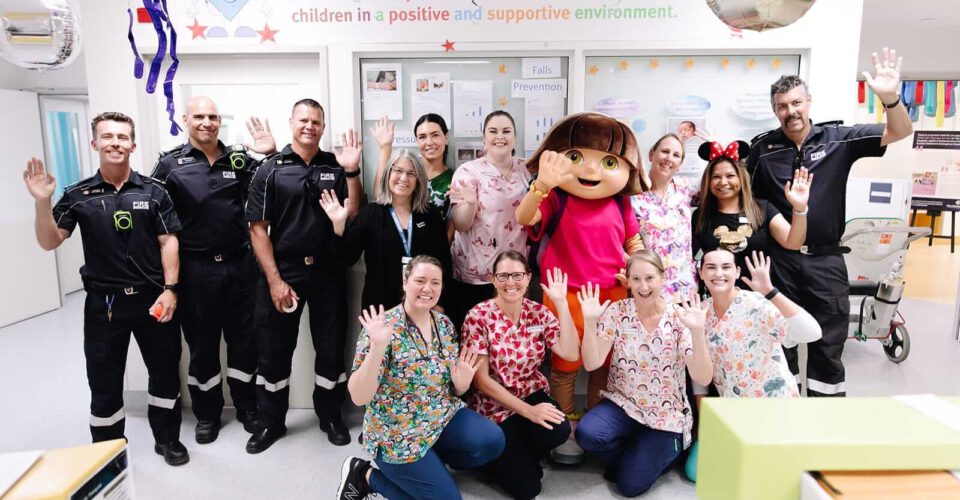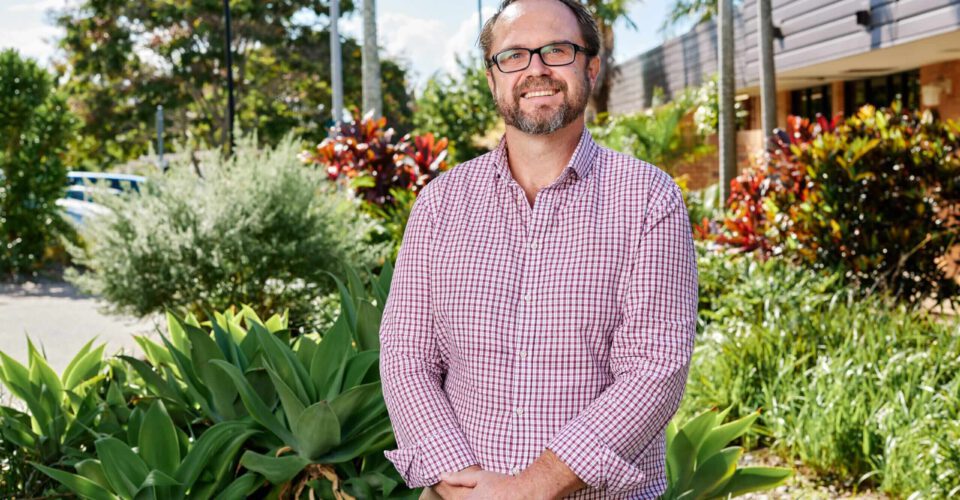What is echocardiography ?
Echocardiography is essentially an ultrasound of your heart and involves placing a transducer on the chest to transmit and receive sound waves, or echoes, that bounce off the heart. These sound waves are turned into an image of the heart. The procedure is commonly known as an ‘echo’. The image that is produced is referred to as an echocardiogram.
What is echocardiography used to diagnose?
Echocardiography is used to identify a range of heart conditions including those to do with how the heart and its valves function. An echocardiography could find:
- Cardiomyopathy (weakening of the heart muscle)
- Congenital heart defects (heart defects present since birth)
- Problems with heart valves
- Problems with how the heart is pumping or relaxing
- Problems with the heart’s major blood vessels (aorta)
- Blood clots inside the heart
- Problems with the size of the heart
- Pressure in the heart
- Fluid in the sac around the heart
An echocardiography is often used following a heart attack to determine what damage has been done to the heart muscle.
How long has echocardiography been around?
The technology was first developed in the 1960s and 1970s, with the first academic course dedicated to echocardiography offered in 1968 and the first book on it published in 1972. Since its inception there have been many advances in echocardiography. The move to digital meant the instruments became smaller and more portable and the image resolution vastly improved with advances such as 3-dimensional (3D) imaging.
Developments in echocardiography
For the past 20 years, the ECHO Australia conference has built a reputation as Australia’s leading echocardiography conference. Since its inception, the conference has been the forefront of innovation, engaging the world’s leading practitioners and facilitating an interactive program.
The 20th Anniversary ECHO Australia conference is this year being held at the Gold Coast from 17-19 October 2022. For more information and to register for the conference.
Learn more about The Common Good here.
